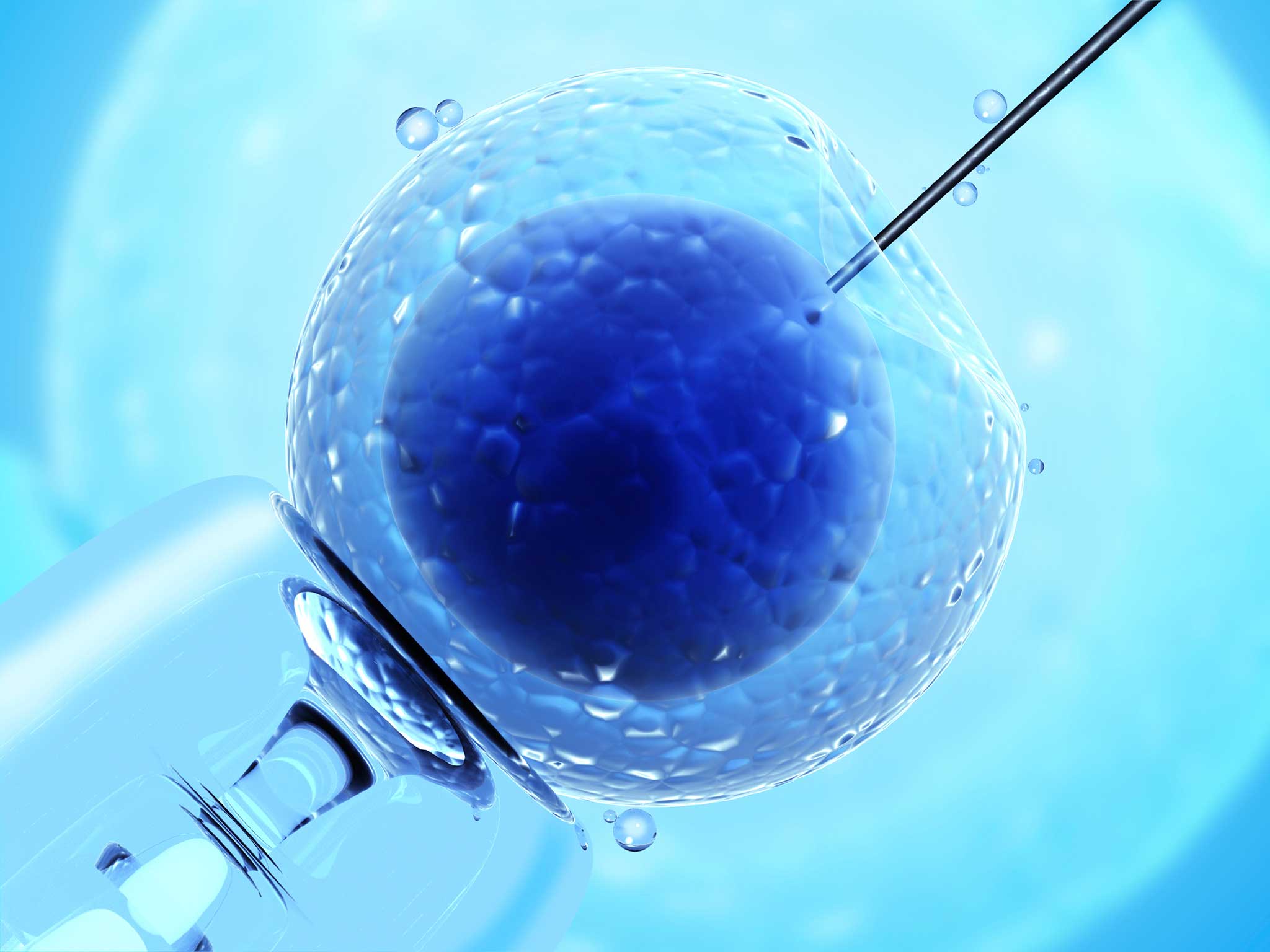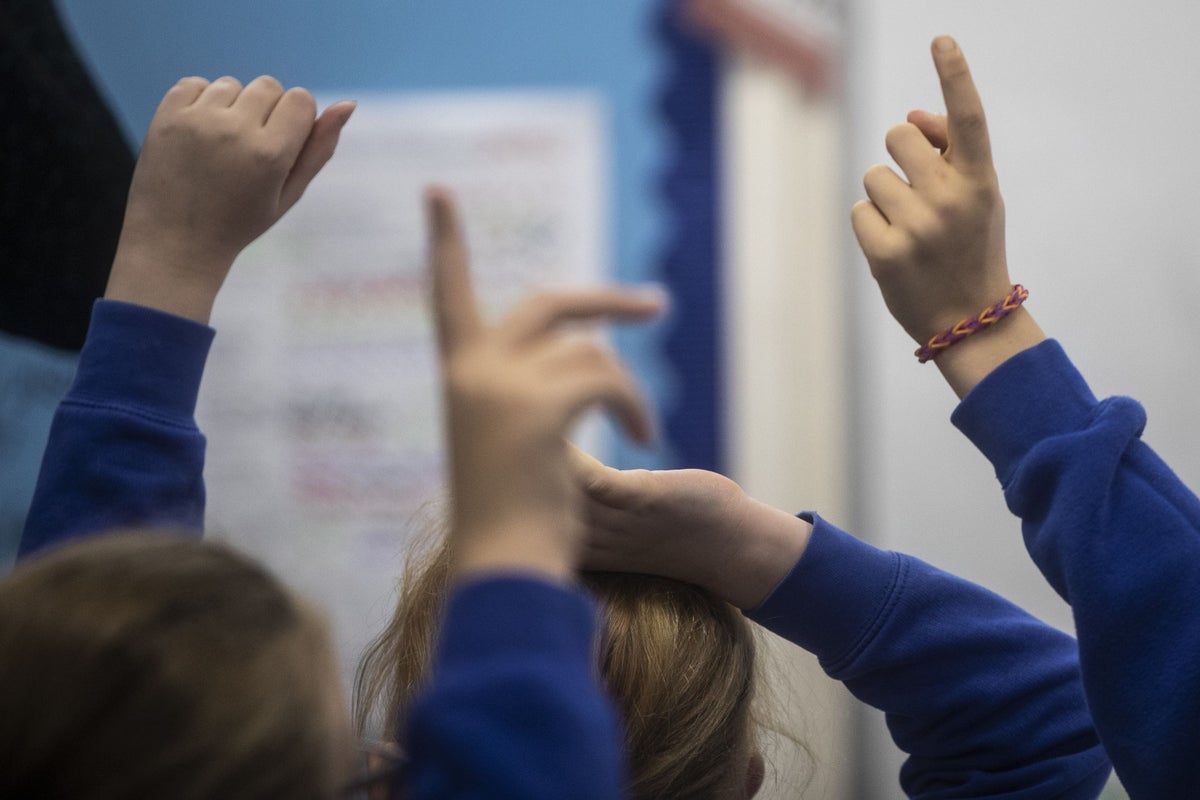The equivalent of almost a child in each classroom of the United Kingdom is now born as a result of IVF, with new figures that reveal that one in 32 babies in 2023 was conceived through fertility treatment.
The data of the Human Fertilization and Embryology Authority (HFE) show that almost 21,000 babies were born through IVF last year, a substantial increase of 8,700 in 2000.
The last report of the fertility regulator indicates that IVF's births now represent 3.1 percent of all births of the United Kingdom, compared to 1.3 percent in 2000. This marks a significant change of a decade ago, when the proportion was one in every 43 births in 2013.
The HFA said that his figures underline the “changing panorama” of fertility care in the United Kingdom. In general, 52,400 patients underwent more than 77,500 in vitro fertilization cycles (FIV) in the United Kingdom fertility clinics in 2023.
The report also stressed that 11 percent of the births of women from 40 to 44 were the result of IVF, a remarkable increase of 4 percent in 2000, and now represent 0.5 percent of all births.
These statistics show the growing role of reproductive technologies assisted in the construction of the family throughout the United Kingdom.
The data also reveal an increase in the proportion of women who freeze their eggs, an increase of 4,700 in 2022 to 6,900 in 2023, but the HFEA said that the number of patients who use their frozen eggs stored in treatment remains “low.”
Meanwhile, HFEA also said that in 2023, around 820 babies were born after treatment with donor insemination (DI).
The figures also show a reduction in the number of IVFD treatments financed by the NHS.
The proportion of IVFR cycles financed by the NHS decreased from 35 percent in 2019 to 27 % in 2023 in the United Kingdom, decreasing the majority in England, said the HFEA.
More than half (54 percent) of FIV cycles in Scotland were financed by NHS in 2023, compared to 49 percent in Northern Ireland; 33 percent in Wales; and 24 percent in England.
The HFA also expressed concerns about racial disparities in IVF.
He said that in recent years, Asian and black patients have had lower birth rates compared to white patients and those of a mixed ethnic background.
Julia Chain, president of the HFEA, said: “FIV is helping more people have babies, including patients of different ages and types of family.
“One in 32 of all the births of the United Kingdom is of the IVF and 11 percent of all the births of the United Kingdom are for women aged 40 to 44 who had IVF.
“We are also seeing more single patients and female couples of the same sex that have IVF.
“These findings highlight the changing panorama of the United Kingdom fertility sector and how it could develop in the coming years.
“However, we are very concerned with seeing that black and Asian patients continue to have lower birth birth rates compared to other patient groups, and our recent survey found that Asian and black patients are less likely to report that they are satisfied with their fertility treatment.”

The data of the National Statistics Office show that the fertility rate in England and Wales in 2023 was 1.44 children per woman, the lowest registered level.
When commenting on the data of HFE, a fertility spokesman Charity Fetryity Network UK said: “This important HFEA report reflects how the essential fertility treatment for growing families in the United Kingdom has become and underlines not only scientific advances in the care of fertility, but also the deep social impact of helping people to realize their dreams of raising.
“Delays in access to treatment, whether for long GP reference times or NHS inconsistent funds, can have a devastating emotional and biological impact. We make fair and timely access to fertility services for all, where they live and any of their background.”











